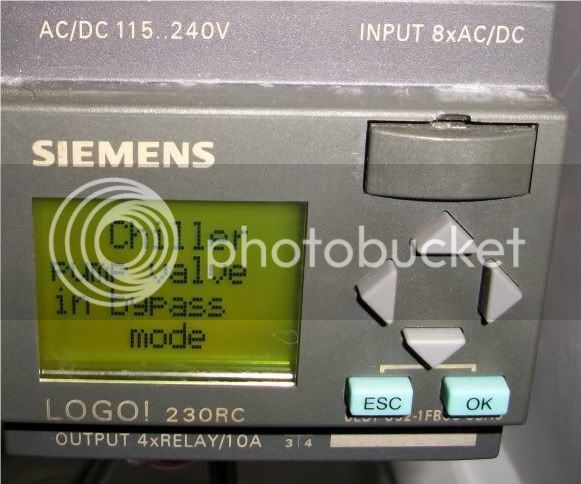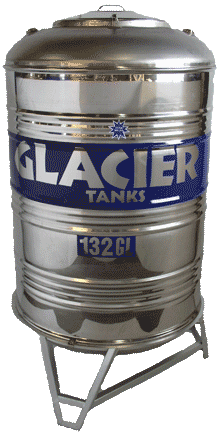I think you're right - However, you would have to vary the temperature of the room as the fermentation progresses... Powerful active fermentation could last a day or 2 where the yeast is putting off a lot of heat, but after that you would then increase the temperature of the room to keep the core temp of the fermenter stable.
That's all fine and good, until you add 5 more tanks at different stages of fermentation

That will complicate using the room temperature to control liquid temperature.
Again, It's not a deal breaker, just something to be aware of...
On this scale, it my be practical to use a small glycol system and some sort of immersion chiller, or submersible plate chiller like they use for wine.
Because, if you're after repeatability, fermentation temperature for any single recipe needs to be very close to the batch before.
OTOH, I doubt 1 or 2 fermenters out of 6 in a climate controlled room will pull the temperature of the room (And non-active fermenters) up my any degree that the AC units couldn't handle...
But hey, I have no practical knowledge. Just trying to think through it.
















![Craft A Brew - Safale S-04 Dry Yeast - Fermentis - English Ale Dry Yeast - For English and American Ales and Hard Apple Ciders - Ingredients for Home Brewing - Beer Making Supplies - [1 Pack]](https://m.media-amazon.com/images/I/41fVGNh6JfL._SL500_.jpg)













































